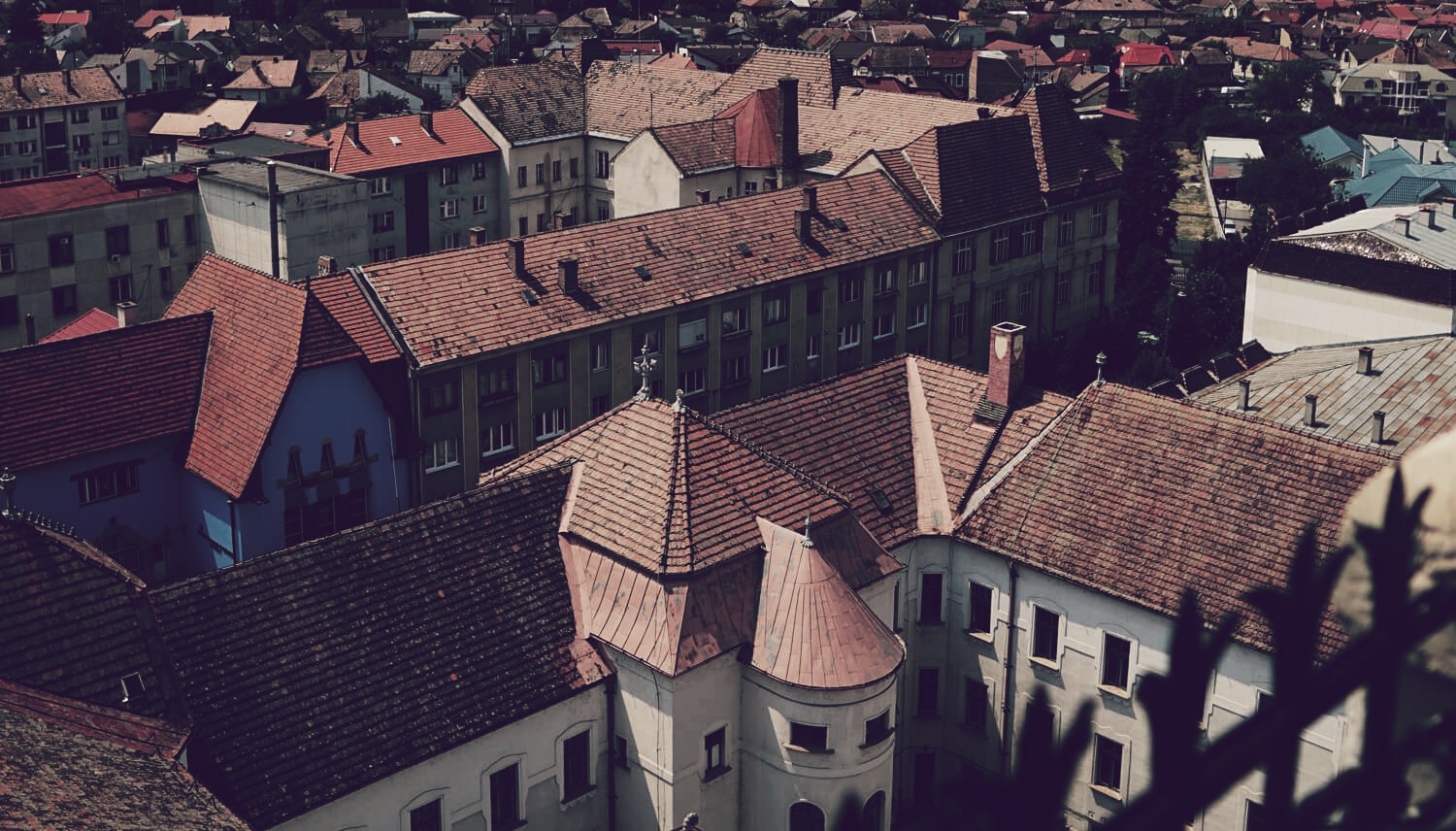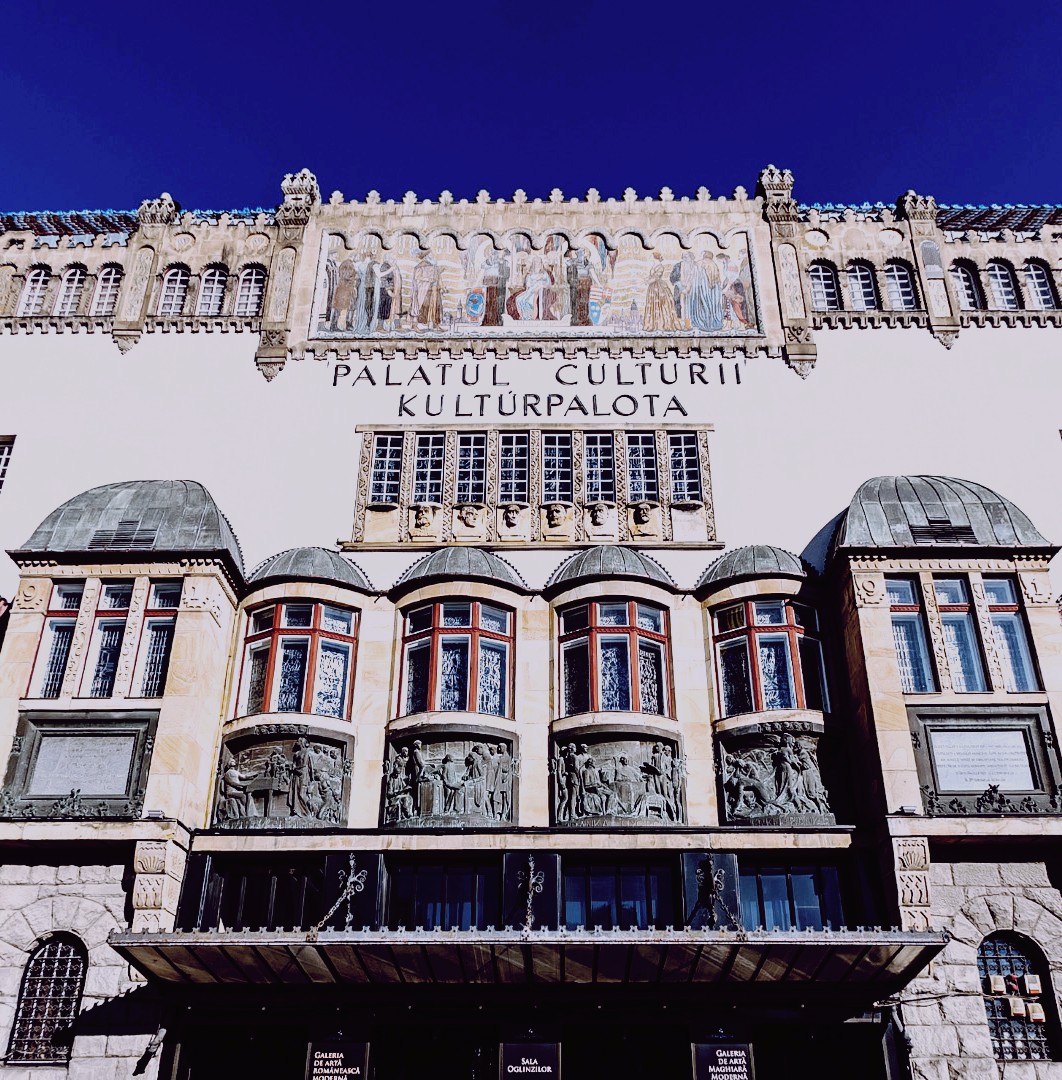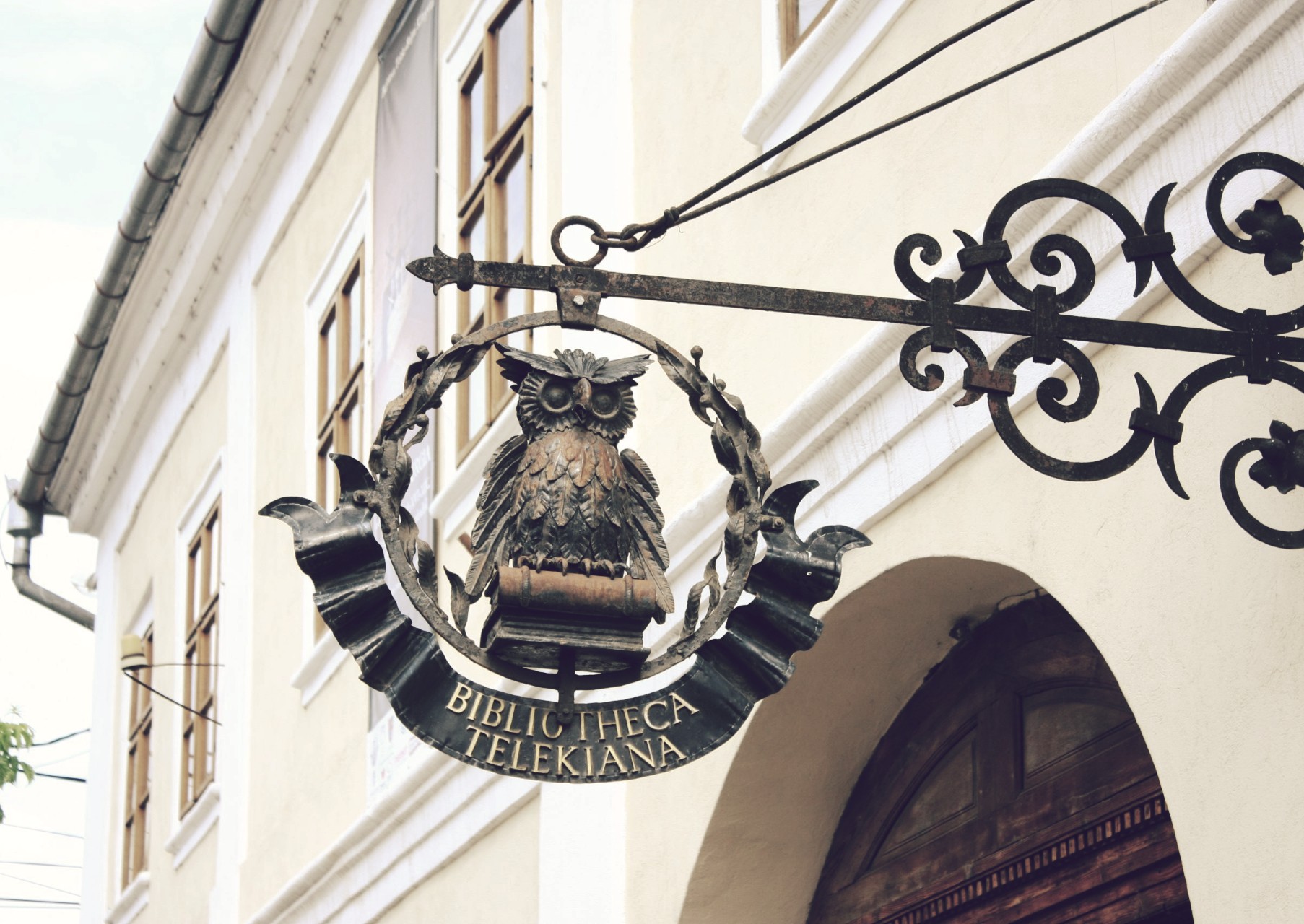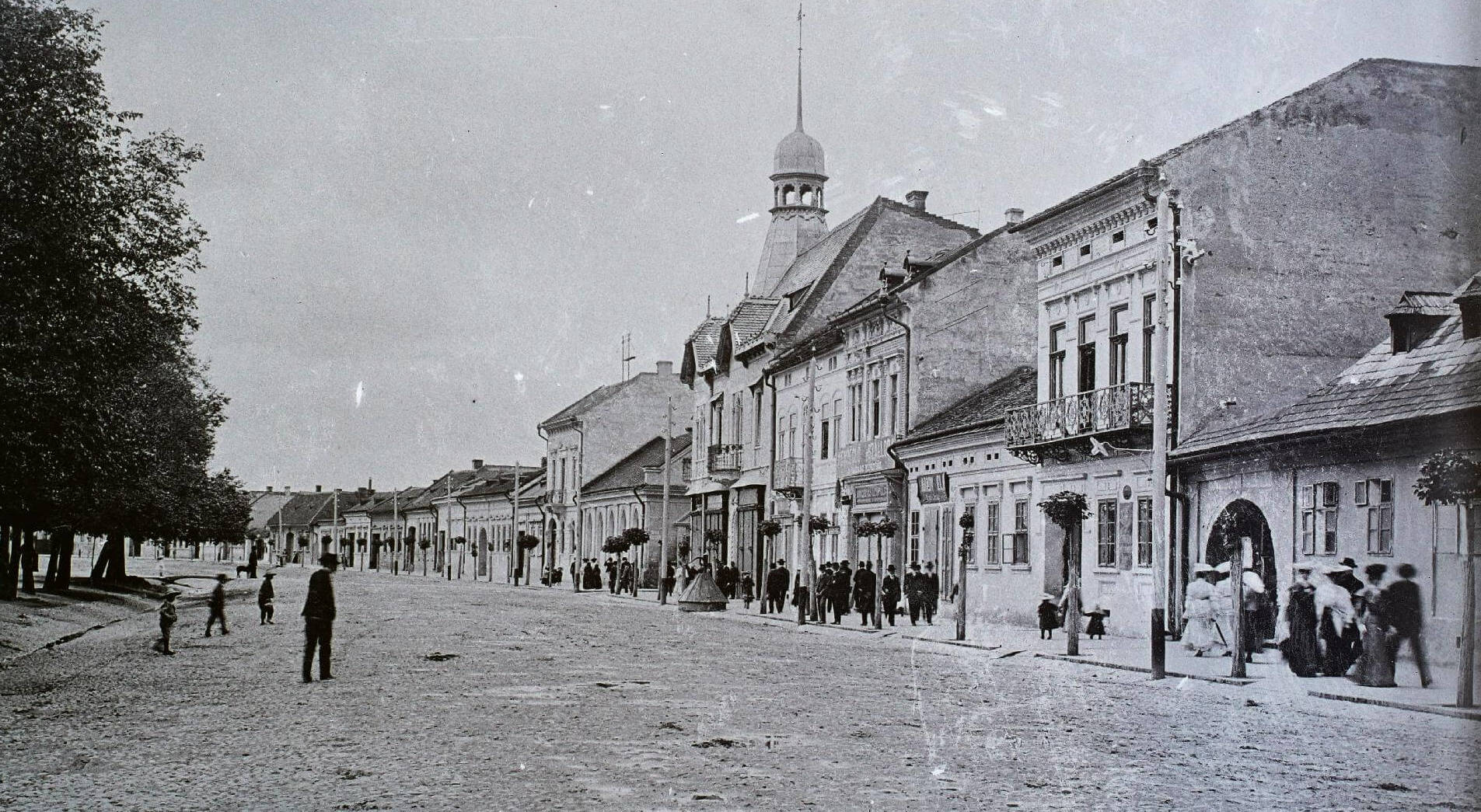A bit of history...

Named literally for a 'market' on the Mures River and known as the
city of roses, Targu Mures (Marosvásárhely in Hungarian ~ Neumarkt
am Mieresch in German) enjoys the best of both Romanian and
Hungarian cultures. Numerous vestiges attest the presence of
Neolithic cultures and those of the Bronze and Metal Ages in this
area. Archaeological diggings have brought to light Roman relics in
the surrounding towns.
The town was first documented as 'Novum Forum Sicolorum' (The New
Market of the Seklars) in 1322.
Beginning with the 16th century,
Targu Mures excels as an important cultural and education centre.
The first school appears in 1492. In 1786, the first printing shop
is established and in 1802 count Teleki Samuel, chancellor of
Transylvania, lays the foundations of the documentary library that
bears his name to this day. The city received a major boost to its
social and economic life in 1754 when it became the seat of the
supreme court of justice of the Principality of Transylvania.
What you do really need to see
The Culture Palace

The Culture Palace was built between 1820 and 1822 at the
initiative of count Teleki Sámue. The building was initially
decorated in the late Baroque style and had only two stories. The
façade was modified in early 1900s, the only remaining Baroque
elements are the reinforced vaults with double arcs.
The ground floor was used for retail activities while the first
floor was used as living quarters. On the second floor there was a
large meeting hall, a restaurant and a café. At the beginning of the
20th century the palace served as a venue for numerous shows and
events. In 1923 Apollo Palace was sold to a new owner who decided to
transform the balroom into apartments (1925 - 1927). The façade was
also remodeled at that time in an eclectic style specific to the
early 20th century. Today Apollo Palace is home to the local Art
School.
The University of Medicine

The University of Medicine, Pharmacy, Science, and Technology of
Targu
Mures is a
national university located in the Romanian city of Targu Mures. The university was founded in 1945 as a
branch of the Babes-Bolyai University in Cluj-Napoca.
It
has been operated independently since 1991.
More than 11,000 students are enrolled at the UMFST of Targu Mures. This makes it the largest university of
medicine in Romania. The medical field comprises three faculties: the Faculty of Human Medicine, the Faculty
of
Dentistry and the Faculty of Pharmacy. Due to the international orientation of the university and the
multicultural region, various bachelor, master and doctoral programs are offered in Romanian, English, and
Hungarian. The opening of UMCH means the opening of the first branch of the UMFST of Targu Mures in Germany,
where
students can study human medicine in English – without admission restrictions based on school grades. It
fulfils
all requirements of § 117a of Hamburgisches Hochschulgesetz.
The Teleki Library

Teleki Library, founded at the end of the 18th century by
Sámuel Teleki, chancellor of Transylvania, contains a large
collection of first editions and important manuscripts documenting
Transylvanian history, as well as mathematical and scientific works.
Count Sámuel Teleki, closely connected to the Mures area through his
origins and the fact that he spent part of his life at his personal
residence in Dumbravioara (a village only a few kilometers outside
of Targu Mures), had established here the first city library by
making his 40,000 books – some of which were unique editions
published by famous European printing houses – available to the
public. More important collections were added in time, amounting to
over 250,000 tomes today.
The Medieval Fortress

In 1492 Prince Stefan Bathory ordered for a medieval-castle-fortress
to be
erected around the Franciscan monastery and church.
A few of the original elements have been preserved, among them wall
fragments on the Southern and Western sides, the tower on the
Southern wing, attached to the furriers' bastion, and ruins of the
South-Western tower, included nowadays in the tanners' bastion. The
structure of these towers and the fact that they are square-shaped
are indicative of a medieval type military architecture.
